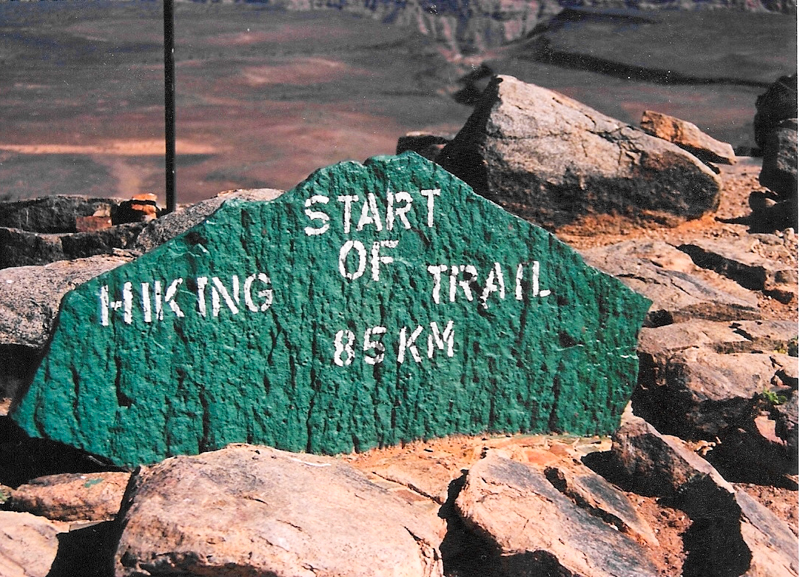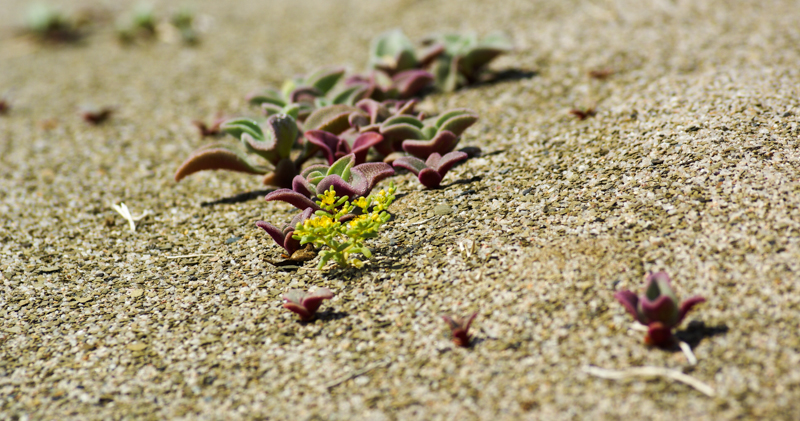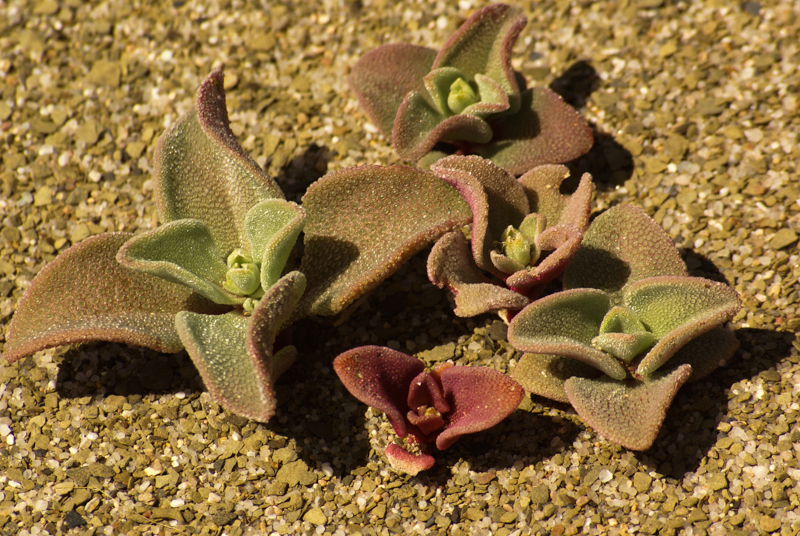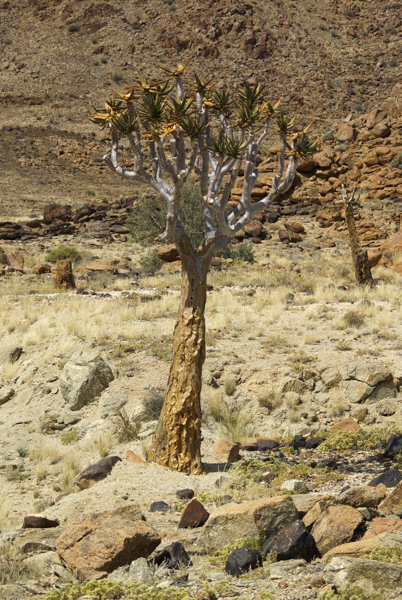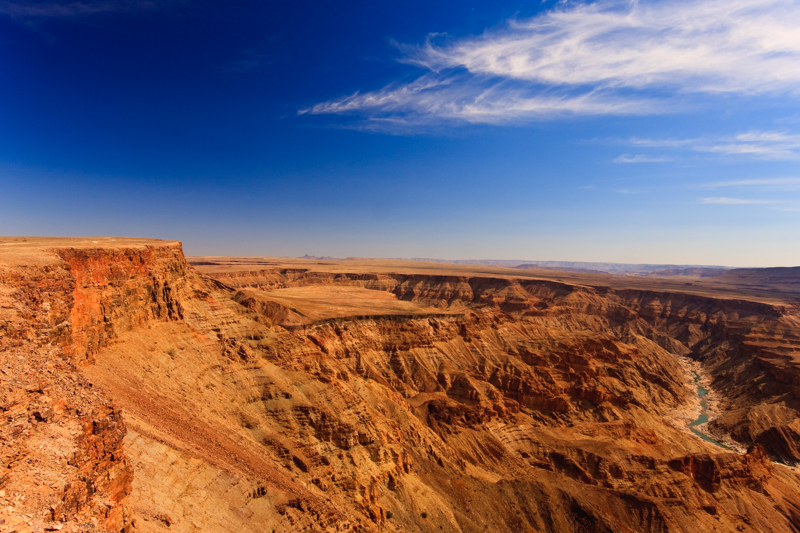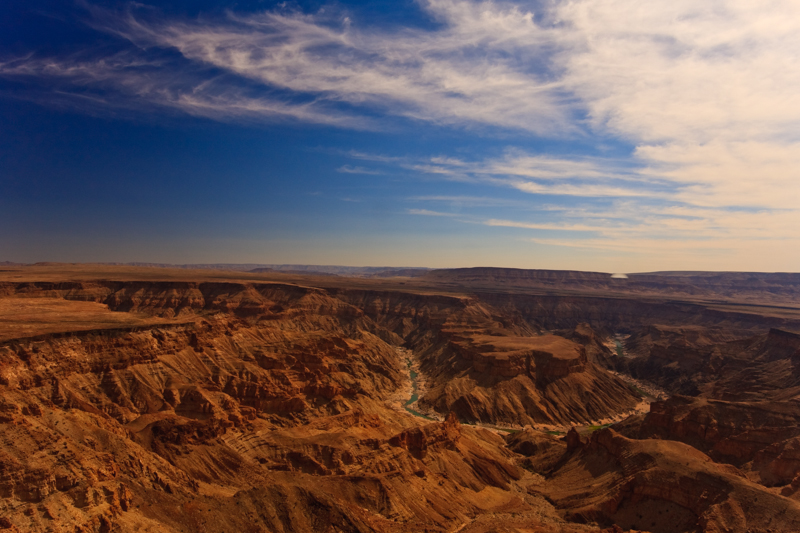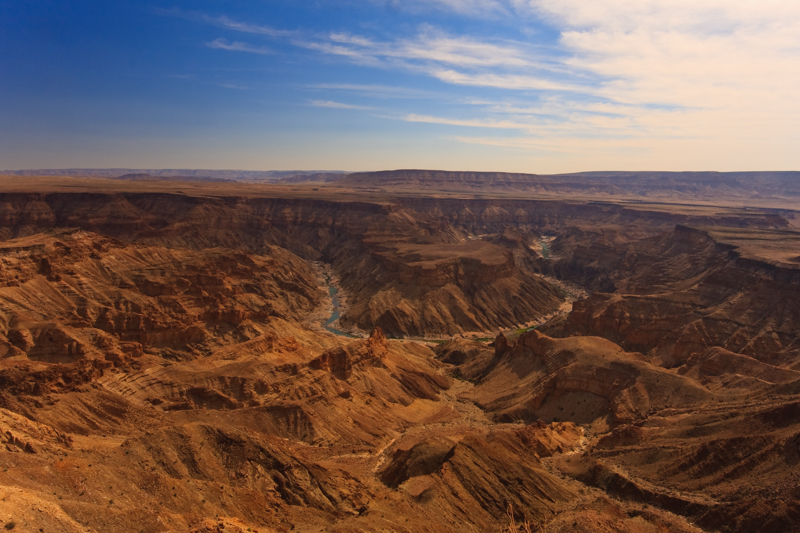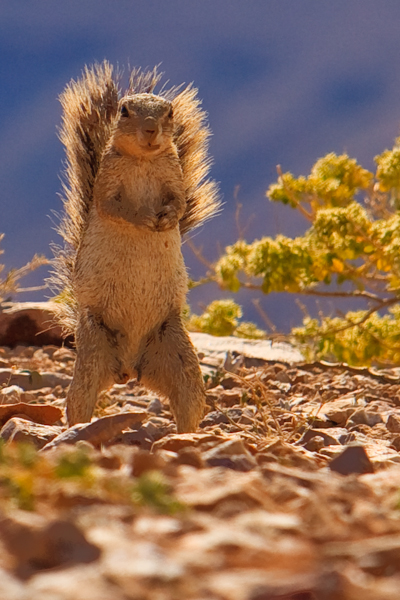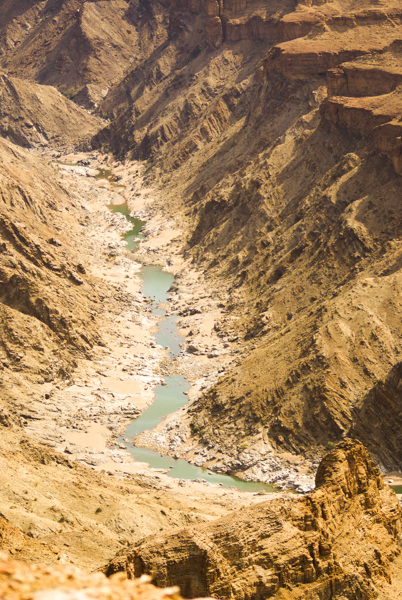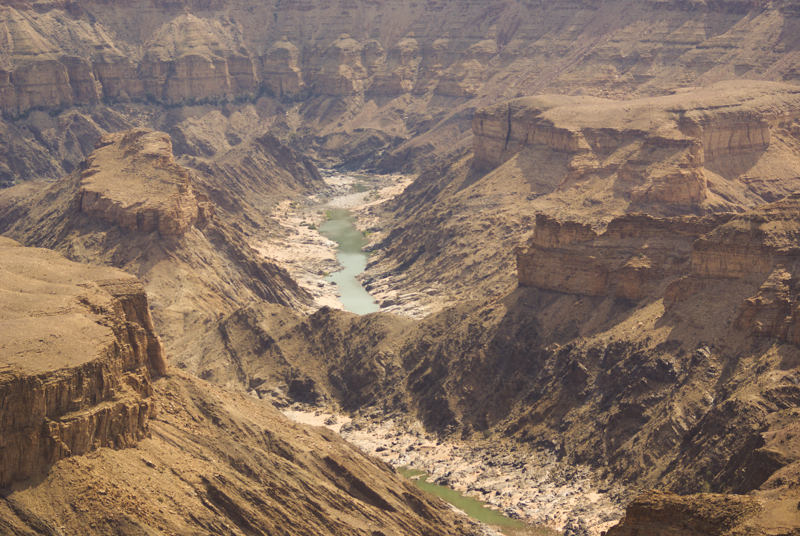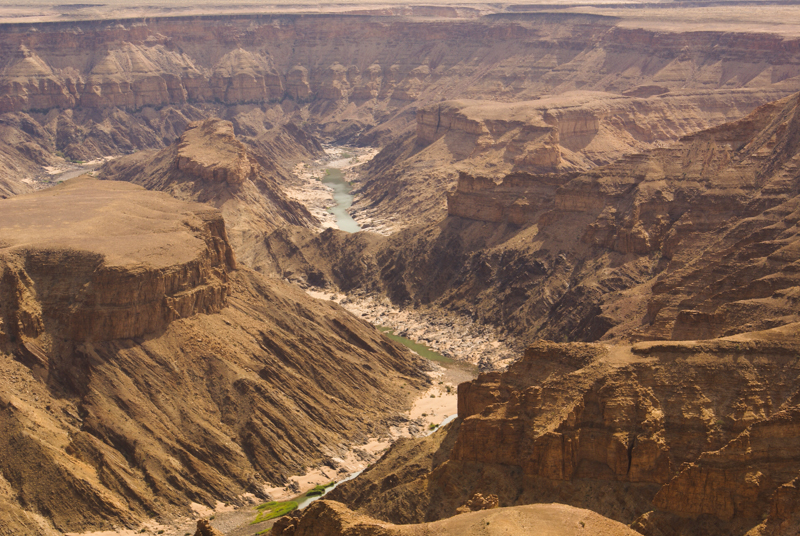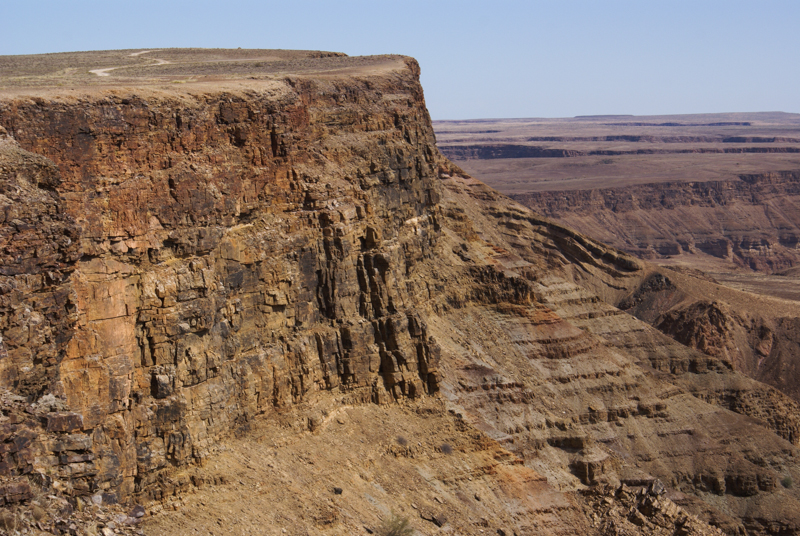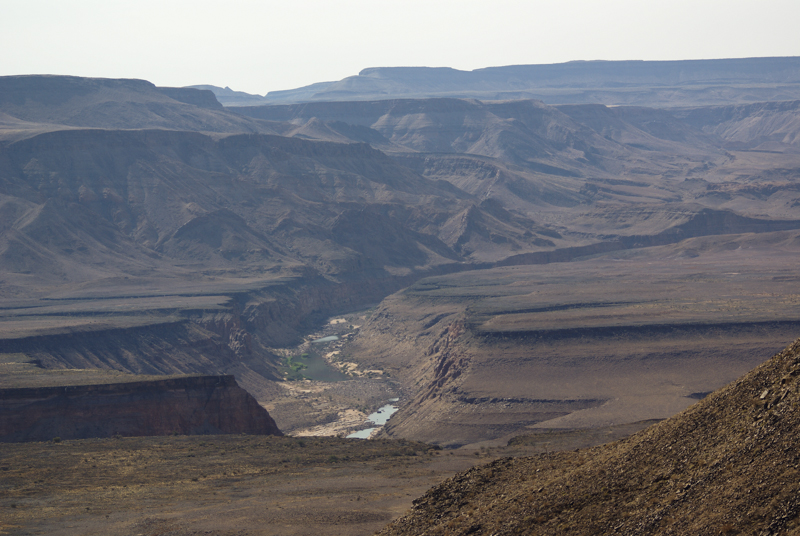Ai-Ais, which means "burning water" in one of the local languages, refers to the sulphurous hot springs which are found in this area.
The resort lies at the southern end of the Fish River conservation area and offers a welcome respite to visitors, especially hikers at the end of their walk through the Fish River Canyon.
The main attraction at the resort is the spa complex. The extreme heat of the springs date back to 1850 when they were discovered by a Nama herder searching for his lost sheep.
The water is supposed to have natural curative ingredients and is especially therapeutic for rheumatism sufferers. There is also room service, laundry services, secure parking, safe at the reception and disabled ramps into the building and into all the rooms.
Football is an international game but sure they would not play champions league on this pitch.
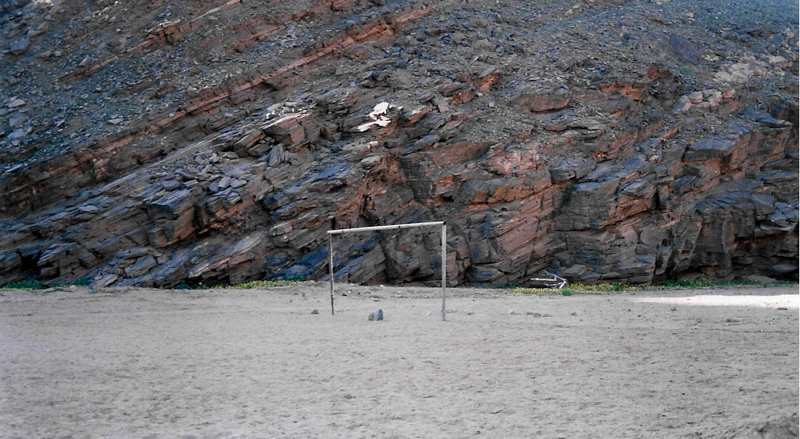
Ai-AIS camp site.
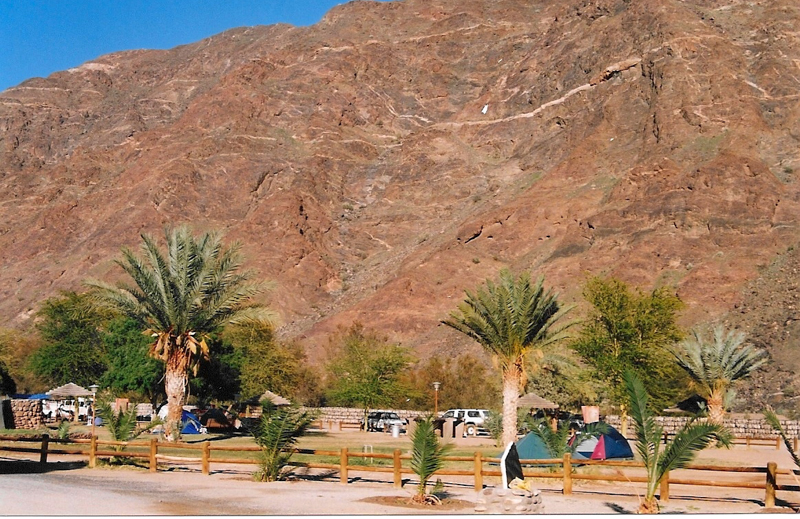
As I said at the beginning I would move in different directions with this report so we can now visit fish river canyon.
The Fish River Canyon (Afrikaans: Visrivier Canyon or Visrivier Afgronde, German: Fischfluss Canyon), is located in the south of Namibia. It is the second largest canyon in the world[2] and the largest in Africa, as well as the second most visited tourist attraction in Namibia.[3] It features a gigantic ravine, in total about 100 miles (160 km) long, up to 27 km wide and in places almost 550 metres deep.
The Fish River is the longest interior river in Namibia. It cuts deep into the plateau which is today dry, stony and sparsely covered with hardy drought-resistant plants. The river flows intermittently, usually flooding in late summer; the rest of the year it becomes a chain of long narrow pools. At the lower end of the Fish River Canyon, the hot springs resort of Ai-Ais is situated.
Public view points are near Hobas, a camp site 70 km north of Ai-Ais. This part of the canyon is part of the Ai-Ais/Richtersveld Transfrontier Park. The other 90 km of this canyon are privately owned.
